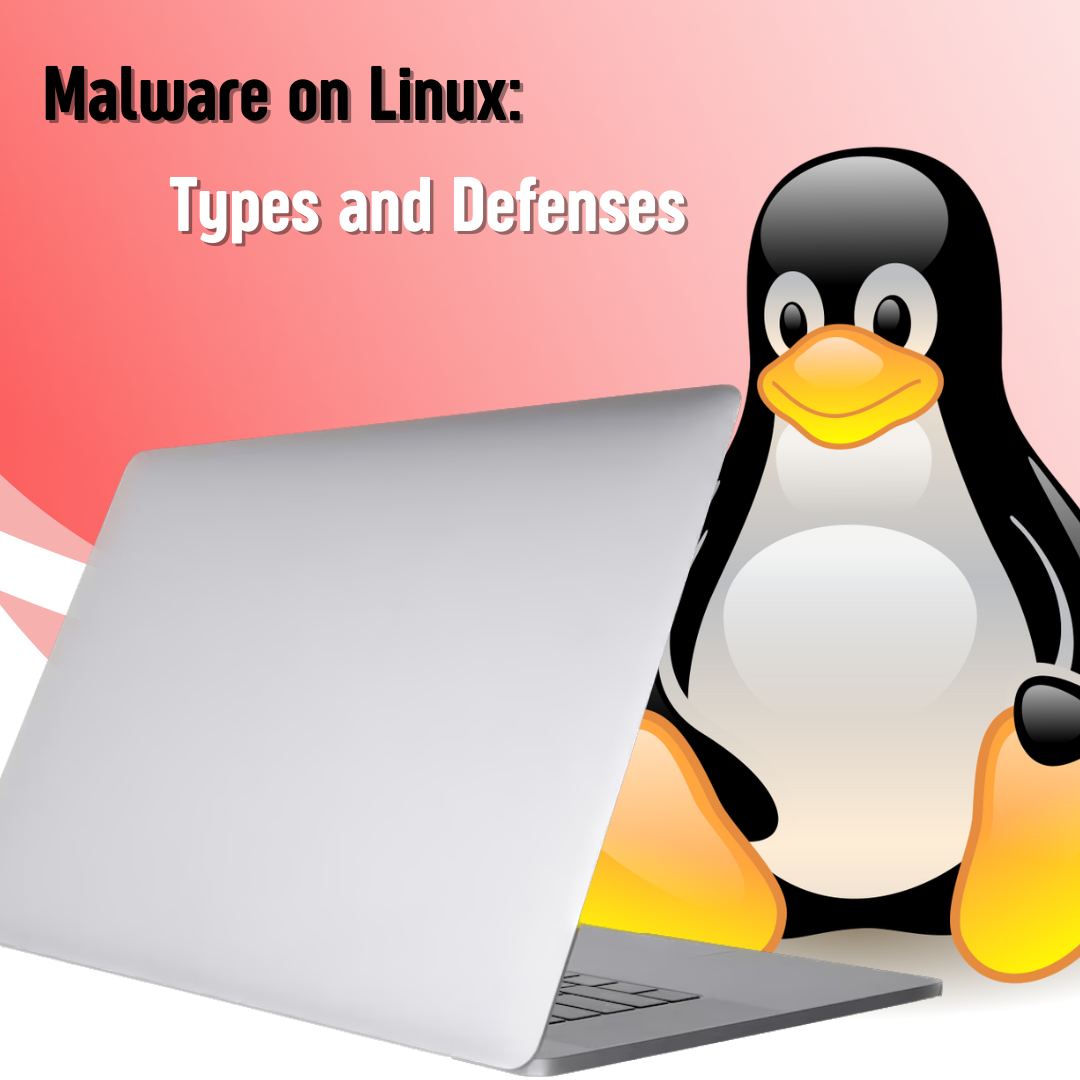Linux, renowned for its robust security and stability, is often considered less vulnerable to malware compared to other operating systems. However, this doesn't mean that Linux systems are impervious to malicious attacks. In recent years, there has been a rise in Linux-specific malware, targeting both individuals and organizations. In this article, we will explore the most common types of Linux malware, the prevalent attacks, and essential defenses to protect your Linux system.
The Most Common Types of Linux Malware
- Botnets: Linux botnets are networks of compromised computers, often referred to as "zombies," controlled by a central command and control server. Botnets can be utilized for various malicious activities, including distributed denial-of-service (DDoS) attacks, spam campaigns, and cryptocurrency mining.
- Rootkits: Rootkits are stealthy malware designed to gain unauthorized root-level access to a system. They modify critical system files and processes to remain hidden from security mechanisms and allow attackers to maintain control over compromised systems.
- Ransomware: Although more prevalent on other platforms, Linux ransomware has become increasingly common. This type of malware encrypts files on a victim's system, rendering them inaccessible until a ransom is paid. Linux ransomware can have severe consequences for individuals and businesses.
- Cryptocurrency Miners: With the growing popularity of cryptocurrencies, Linux systems have become prime targets for cryptocurrency mining malware. This malware exploits system resources to mine digital currencies without the user's consent, leading to increased power consumption, reduced performance, and potential damage to hardware.
- Remote Access Trojans (RATs): RATs provide attackers with unauthorized remote access to compromised systems. Once installed, they allow attackers to execute commands, collect sensitive information, and monitor user activity, posing significant risks to system security and user privacy.
Most Common Linux Malware Attacks
- Phishing Attacks: Phishing remains a prevalent attack vector for Linux malware. Attackers often employ social engineering techniques to trick users into divulging sensitive information or executing malicious code, leading to the installation of malware on Linux systems.
- Software Vulnerabilities: Exploiting vulnerabilities in software is another common way to deliver Linux malware. Attackers take advantage of unpatched or outdated software to gain unauthorized access, install malware, or escalate privileges.
- Compromised Repositories: Malicious actors may compromise legitimate software repositories, injecting malware into commonly used packages. When users unknowingly download and install these compromised packages, their systems become infected.
How to Protect Your Linux System from Malware
- Regular Updates: Keeping your Linux system up to date with the latest security patches is crucial. Enable automatic updates or regularly check for updates and apply them promptly to protect against known vulnerabilities.
- Use Trusted Repositories: Stick to official and reputable software repositories to minimize the risk of downloading malware-infected packages. Verify the authenticity and integrity of repositories before adding them to your system.
- Employ Strong Passwords: Use complex passwords for your user accounts, ensuring a combination of uppercase and lowercase letters, numbers, and special characters. Additionally, consider implementing multi-factor authentication (MFA) for an extra layer of security.
- Install Antivirus Software: Despite Linux's inherent security, installing antivirus software can provide an additional layer of protection against malware. Choose a reputable antivirus solution specifically designed for Linux systems.
- Enable Firewall: Linux systems have built-in firewall capabilities that can be configured to filter incoming and outgoing network traffic. Enable the firewall and configure appropriate rules to restrict unauthorized access.
- Practice Safe Browsing and Email Habits: Be cautious while browsing the internet and avoid clicking on suspicious links or downloading files from untrusted sources. Exercise caution when opening email attachments and be wary of phishing attempts.
- Implement Mandatory Access Controls: Consider implementing Mandatory Access Control (MAC) mechanisms such as SELinux or AppArmor. These frameworks can restrict the actions of individual processes and help contain potential malware infections.
By following these proactive measures, you can significantly enhance the security of your Linux system and reduce the risk of falling victim to malware attacks. Stay vigilant, stay updated, and regularly review and reinforce your security practices to keep your Linux environment secure.


